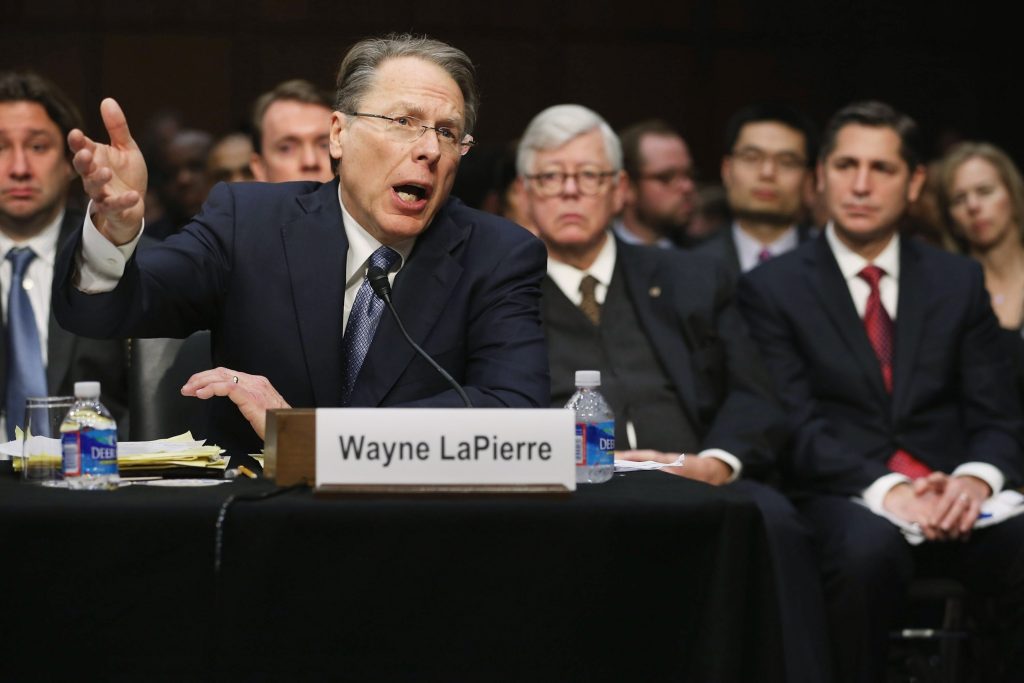
Traders work on the floor of the New York Stock Exchange on the last day of trading for the year on Dec. 29, 2023.
Spencer Platt | Getty Images News | Getty Images
Ordinary times may be ahead for the U.S. economy and the financial markets — even as wars rage in Ukraine and the Middle East, and our nation’s presidential election looms.
Assuming there are no major escalations in military activity or other external events, the U.S. economy appears poised for a year of unexceptional growth, falling inflation and a return to normality in most sectors, from manufacturing to real estate to the end of so-called “revenge travel.”
While December’s payrolls data and associated wage increases came in hotter than expected, the pace of job growth has slowed appreciably when one views the constant downward revisions in prior tallies.
Also underscoring some potential weakness is the drop in the employment participation rate to 62.5% in December from 62.8% in the prior month and a 683,000 decline in the number of employed Americans during that period as measured by the household survey. That’s a massive divergence from the 216,000 job gain that comes from the monthly survey of corporations.
Further, Bloomberg’s chief U.S. economist Anna Wong recently pointed out on social media platform X that the Bureau of Labor Statistics’ so-called “birth-death” model, which adjusts monthly payrolls for the assumed number of business startups, accounted for 42% of the 3.1 million jobs created in 2023.
She highlighted an explanation of this detail from the Fed’s staff in 2001, indicating that this birth-death adjustment “may overestimate job gains.”
Signs of slowing inflation
Fourth-quarter gross domestic product, based on the Atlanta Fed’s GDPNow, is running at a 2.5% annual rate, down from the torrid pace of growth in the third quarter of 2023.
While December wages grew at a slightly faster pace than expected, they are also outpacing slowing inflation. This allows consumer spending to hold steady.
Furthermore, the persistent drops in multiple measures of inflation, from headline numbers to more esoteric core readings, suggests the Fed will be able to start bringing interest rates down, shifting policy from restrictive to neutral.
While I am not as optimistic as the markets that the Fed will cut rates six times, I believe the central bank will begin the push to neutral in the second quarter and reduce rates four times this year between April and October.
A lift for the economy
Rate reductions by the Fed will create a tailwind for the economy and markets. They will also bring improvements to sectors of the economy that have been hammered by higher rates. This includes residential real estate, which has been in a post-Covid lockdown for several years due to rising mortgage rates and consequent supply shortage that has kept sellers from selling and buyers from buying.
I expect that residential real estate will become much more of a buyers’ market, especially if mortgage rates drop below 6%, where over 90% of mortgages currently reside, according to Redfin.
All of this suggests that the U.S. economy and financial markets may be less volatile and more normal than we have seen in years.
Supply chain disruptions from the pandemic years have largely worked their way through various manufacturing and service sectors.
Excess demand, due to large but temporary government support, has all but been burned off.
Risks remain
Now, I could be making a disastrous forecast if the U.S. is drawn into direct conflicts in Ukraine, the Middle East or Taiwan, should China decide to make a military move.
There are problems coming in commercial real estate. At the same time, there is a deadline just weeks away to avert a government shutdown that could disrupt federal funding and aid to our allies, as well as spur a shake-up in financial markets if it led to multiple downgrades of U.S. debt.
This presidential election could also bring surprises should the expected front-runners, President Joe Biden and former President Donald Trump, suddenly depart the field for any number of reasons.
Still, in a world awash in problems, the U.S. remains the best house in a bad neighborhood.
If one can separate the news from the noise, 2024 might just turn out to be a relatively ho-hum year for the economy and markets.
Of course, as comedian Dennis Miller used to say, “That’s just my opinion. I could be wrong.”
— CNBC contributor Ron Insana is chief market strategist at Dynasty Financial Partners.

